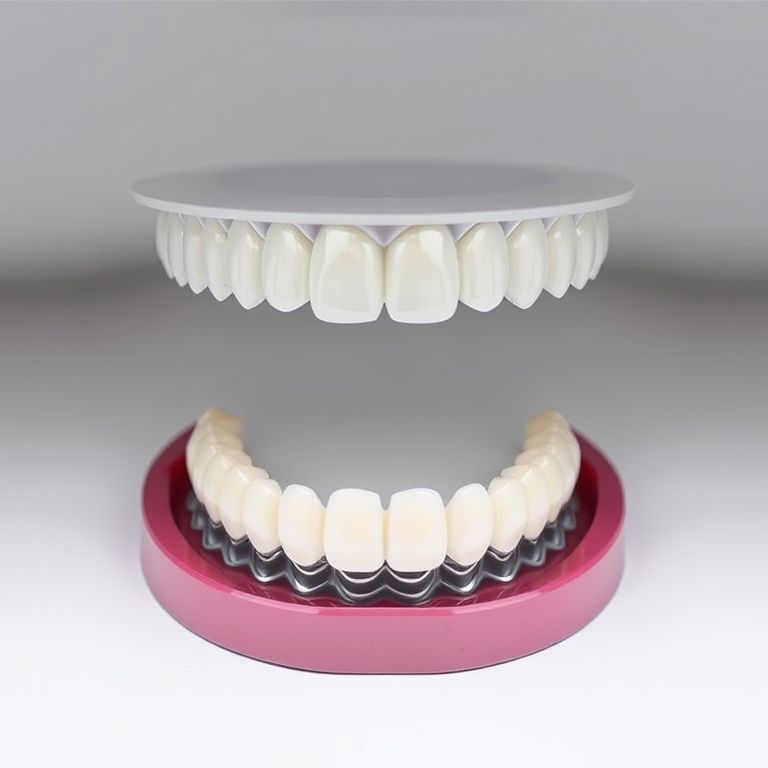The Complete Guide to the Cost of Braces in the Philippines
A beautiful, confident smile is something many Filipinos aspire to achieve, and braces have become one of the most popular orthodontic treatments in the country. However, the cost of braces in the Philippines varies widely depending on several factors, including the type of braces, the dentist’s expertise, and the clinic’s location.
This comprehensive guide will break down everything you need to know about braces—from the different types available to the latest pricing trends in 2025. Whether you’re considering traditional metal braces or exploring modern clear aligners, this article will help you make an informed decision.

2. Why Get Braces? Benefits of Orthodontic Treatment
Braces do more than just straighten teeth—they improve oral health, boost confidence, and prevent long-term dental issues. Some key benefits include:
-
Improved Oral Hygiene: Straight teeth are easier to clean, reducing the risk of cavities and gum disease.
-
Better Bite Alignment: Correcting overbites, underbites, and crossbites prevents jaw pain and wear on teeth.
-
Enhanced Appearance and Confidence: A well-aligned smile can significantly boost self-esteem.
-
Prevention of Future Dental Problems: Misaligned teeth can lead to speech difficulties, chewing problems, and even TMJ disorders.
3. Types of Braces Available in the Philippines
A. Metal Braces
-
Description: Traditional stainless steel brackets and wires.
-
Pros: Most affordable, highly effective for severe cases.
-
Cons: Highly visible, may cause discomfort.
-
Average Cost: ₱25,000 – ₱60,000 (full treatment).
B. Ceramic Braces
-
Description: Tooth-colored or clear brackets for a less noticeable appearance.
-
Pros: More aesthetic than metal braces.
-
Cons: More expensive, can stain if not maintained properly.
-
Average Cost: ₱50,000 – ₱100,000.
C. Lingual Braces
-
Description: Brackets placed behind the teeth, making them invisible from the front.
-
Pros: Completely hidden.
-
Cons: Expensive, may affect speech initially.
-
Average Cost: ₱150,000 – ₱300,000.
D. Self-Ligating Braces
-
Description: Use a specialized clip instead of elastic bands, reducing friction.
-
Pros: Fewer adjustments needed, faster treatment time.
-
Cons: Higher cost than traditional braces.
-
Average Cost: ₱70,000 – ₱120,000.
E. Clear Aligners (Invisalign, etc.)
-
Description: Removable, transparent trays custom-made for teeth straightening.
-
Pros: Nearly invisible, removable for eating and cleaning.
-
Cons: Requires discipline, not suitable for severe cases.
-
Average Cost: ₱100,000 – ₱250,000.
4. Factors Affecting the Cost of Braces
| Factor | Impact on Cost |
|---|---|
| Type of Braces | Metal braces are cheapest; lingual and clear aligners are most expensive. |
| Dentist’s Expertise | Orthodontists with advanced training charge more. |
| Clinic Location | Clinics in Metro Manila and major cities tend to be pricier. |
| Severity of Misalignment | Complex cases require longer treatment and higher fees. |
| Additional Procedures | Extractions, X-rays, and retainers add to the total cost. |
5. Average Cost of Braces in the Philippines (2025)
Breakdown by Type
-
Metal Braces: ₱25,000 – ₱60,000
-
Ceramic Braces: ₱50,000 – ₱100,000
-
Lingual Braces: ₱150,000 – ₱300,000
-
Self-Ligating Braces: ₱70,000 – ₱120,000
-
Clear Aligners: ₱100,000 – ₱250,000
Comparison Across Major Cities
-
Manila: Highest prices due to premium clinics.
-
Cebu: Slightly more affordable than Manila.
-
Davao: Lower costs compared to Metro Manila.
-
Provinces: Most affordable, but fewer specialist options.
6. Payment Options and Dental Insurance
-
Dental Insurance: Some HMOs (Maxicare, Intellicare) partially cover orthodontics.
-
Installment Plans: Many clinics offer monthly payment options.
-
Government Programs: Public dental services may offer discounted braces.
7. Choosing the Right Orthodontist
-
Check credentials (licensed by the Philippine Dental Association).
-
Read reviews and ask for before-and-after photos of past patients.
-
Compare consultation fees and treatment plans.
8. The Braces Process: What to Expect
-
Initial Consultation: Assessment, X-rays, and treatment plan discussion.
-
Fitting: Brackets are bonded to teeth (may take 1-2 hours).
-
Adjustments: Monthly visits for wire tightening.
-
Removal & Retainers: Braces come off after 1-3 years; retainers maintain alignment.
9. Common Myths About Braces Debunked
❌ “Braces are only for kids.” – Adults can get braces too!
❌ “Braces are extremely painful.” – Discomfort is temporary and manageable.
❌ “Clear aligners work faster than braces.” – Treatment time depends on case complexity.
10. FAQs About Braces in the Philippines
Q: How long does braces treatment take?
A: Typically 1-3 years, depending on alignment severity.
Q: Are braces covered by PhilHealth?
A: No, but some government hospitals offer subsidized rates.
Q: Can I get braces without tooth extraction?
A: In some cases, yes—your orthodontist will assess if extractions are necessary.
11. Conclusion
The cost of braces in the Philippines varies based on type, location, and dentist expertise. Metal braces are the most affordable, while lingual braces and clear aligners are premium options. Payment plans and insurance can help manage expenses. Always consult a licensed orthodontist for the best treatment plan.


